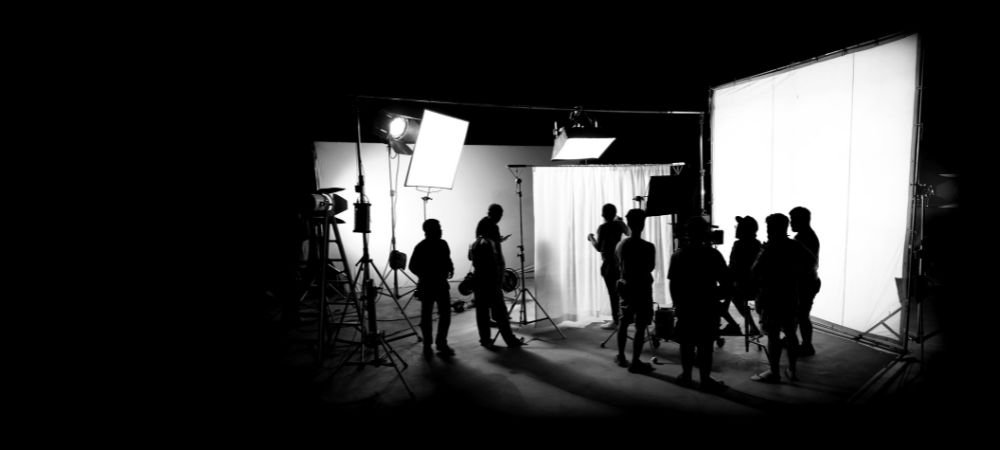

Double exposure techniques, a fascinating and somewhat mystical aspect of photography, have an intriguing historical background. This technique, which involves combining two different images in a single frame, has been around for quite some time. But how did it all start? Receive the news click on currently. Well, let's dive into the evolution of this captivating method.
Back in the 19th century, when photography was still finding its feet, double exposure was more of an accidental discovery than a planned artistic endeavor. Early photographers were experimenting with their cameras and film plates, not really knowing what to expect. They didn't intend to create double exposures; it just happened! Cameras back then weren't as sophisticated as they are now - they lacked mechanisms to prevent multiple exposures on a single frame.
It wasn't long before photographers began to see the potential in these "mistakes." By the late 1800s, double exposure started being used intentionally. Photographers like William Henry Fox Talbot played around with this technique to produce ghostly images that intrigued viewers and made them question reality. These early experiments set the stage for future developments.
As we moved into the 20th century, double exposure became more refined and deliberate. With advancements in camera technology and film processing techniques, photographers gained greater control over their work. The surrealist movement in art embraced double exposure wholeheartedly. Artists like Man Ray used it to blur the lines between dream and reality – creating images that were both puzzling and enchanting.
However, it's not just about artistic expression; double exposure found practical applications too! During World War I and II, it was employed for propaganda purposes – merging powerful symbols with evocative imagery to stir emotions among the masses.
Digital photography brought yet another transformation to double exposure techniques. With digital cameras and photo editing software like Photoshop becoming widely accessible by late 20th century, creating double exposures became easier than ever before. Photographers could now experiment endlessly without worrying about wasting film or making irreversible mistakes.
Despite all these changes over time though one thing hasn't changed: Double exposure remains an incredibly versatile tool for storytelling through visuals! Whether you're trying to convey complex narratives or simply adding a touch of magic your photographs - there's no denying its impact!
In conclusion (oh wait!), isn't it amazing how something that started off as an accident evolved into such a powerful creative technique? From those early days of unintentional overlaps on film plates right through today's sophisticated digital manipulations - Double Exposure Techniques have come long way indeed!
Double exposure in film photography, a technique that can lead to some truly mesmerizing images, isn't as complicated as it might seem at first. But don't be fooled-it's not just snapping two photos and hoping for the best. To get it right, you need some essential equipment. Let's dive into what you'll really need-and maybe even what you won't.
First off, you'll want a good ol' manual film camera. Digital cameras have their perks, but for authentic double exposures, nothing beats the charm of film. Manual control is key here because you will be fiddling with settings quite a bit. Modern automatic cameras tend to do everything for you-they're almost too smart! You can't rely on them for this type of artistry.
Now, don't forget about your tripod. It may seem like an unnecessary piece of gear, especially if you're used to hand-holding your shots, but trust me-it's crucial. A stable base ensures that each exposure lines up correctly with the other one; otherwise, you'll end up with blurry messes rather than those beautifully merged images you're aiming for.
Next up: light meter. Sure, many cameras come with built-in meters these days-but they aren't always reliable when you're layering exposures. Having a handheld light meter allows you to measure light precisely and make informed decisions about your settings.
Film stock is another thing you can't overlook. Different types of film react differently to multiple exposures. Some films are more forgiving and will produce better results than others when layered upon themselves. Experimenting with various stocks could yield surprising and delightful outcomes-or frustrating ones if you're not careful!
Filters can be both friend and foe in this endeavor. Neutral density (ND) filters are often useful because they allow longer exposures without overexposing the film too much-you wouldn't want all that hard work washed out by excessive brightness now would ya? Colored filters offer another layer (pun intended) of creativity by adding hues or altering contrasts between exposures.
A cable release is yet another indispensable tool in your arsenal-because who wants camera shake ruining their masterpiece? This simple device lets you take pictures without touching the camera itself-a godsend when precision is paramount.
Lastly-and perhaps most importantly-patience should be considered part of your essential equipment list too! Double exposure isn't something mastered overnight; it takes time to learn how different elements interact within a single frame effectively.
So there ya have it! While some gear might seem optional or redundant at first glance-the truth lies in understanding how each piece contributes uniquely towards achieving stunning double-exposed photographs worth every ounce of effort invested into them!
Ah, the age-old debate between film and digital photography.. It's a topic that has stirred up quite a bit of passion among photographers over the years.
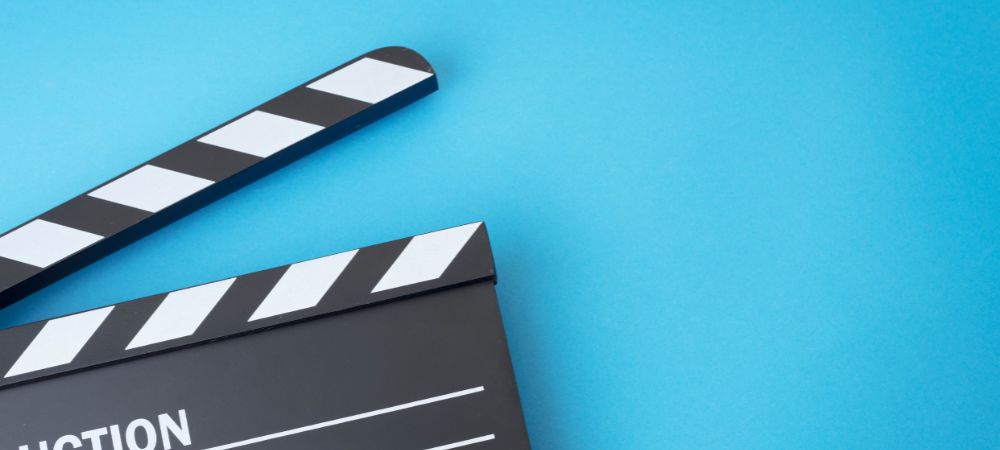
Posted by on 2024-06-28
When you're diving into the world of analog photography, it’s crucial to choose a film stock that will make your learning experience as smooth and enjoyable as possible.. For beginners, this can be quite an overwhelming decision.
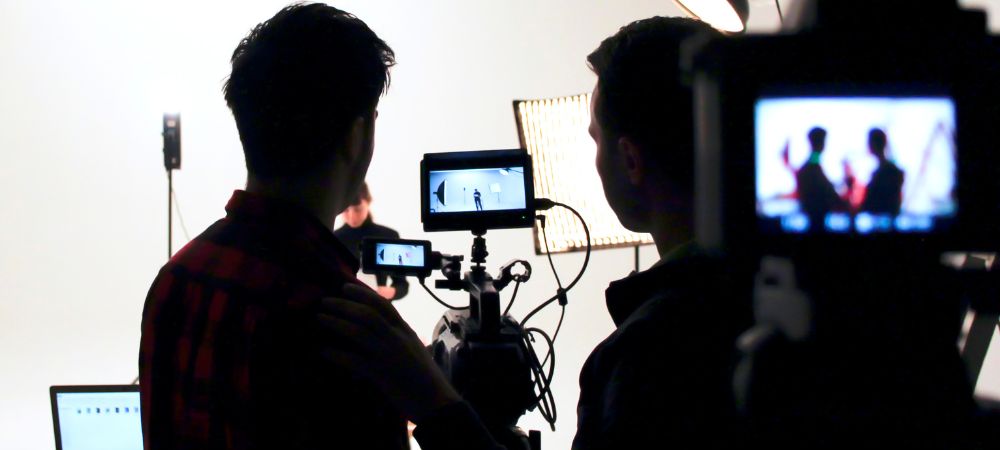
Posted by on 2024-06-28
Developing film at home can be a rewarding yet challenging experience.. It ain't as simple as pressing a button on your phone, that's for sure.
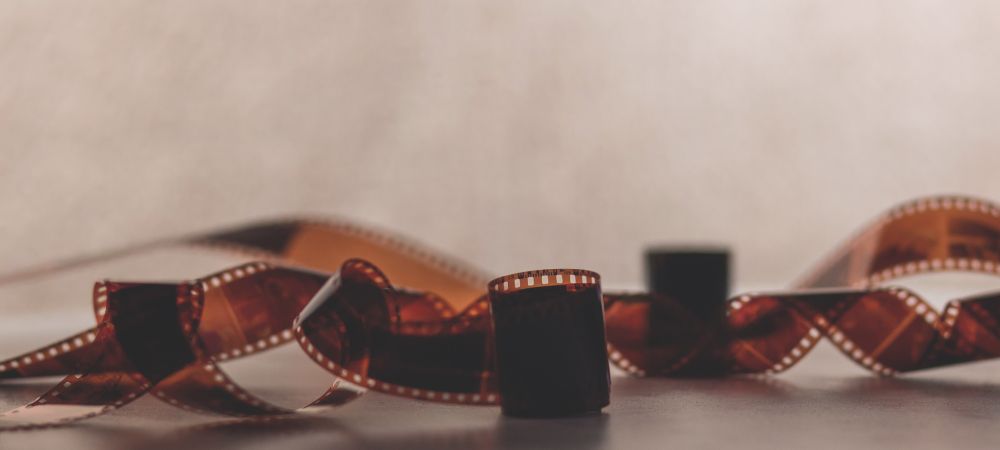
Posted by on 2024-06-28
In a world that's constantly rushing forward, there's something magical about capturing timeless beauty through the lens of film photography.. Finding inspiration in everyday moments isn't always easy, but it's definitely worth it.
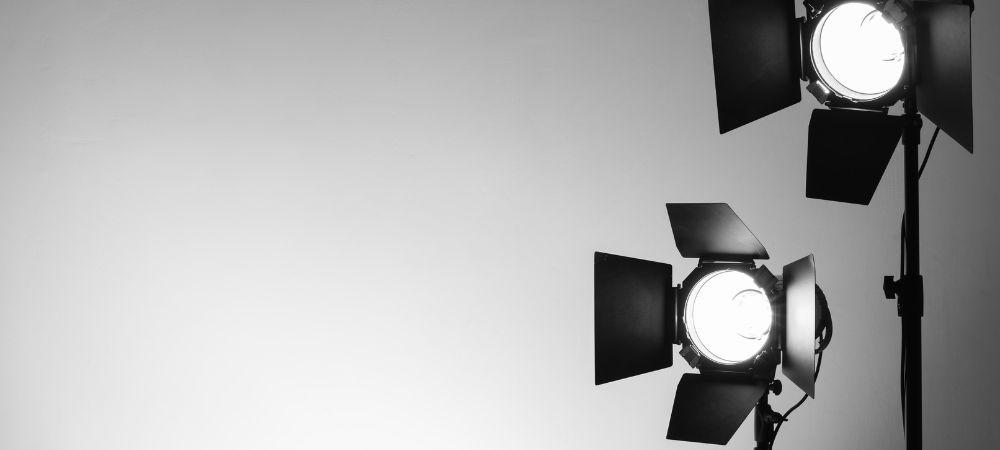
Posted by on 2024-06-28
Preserving and Archiving Your Film Photographs
Oh, film photography!. There's just something so enchanting about capturing moments on film.
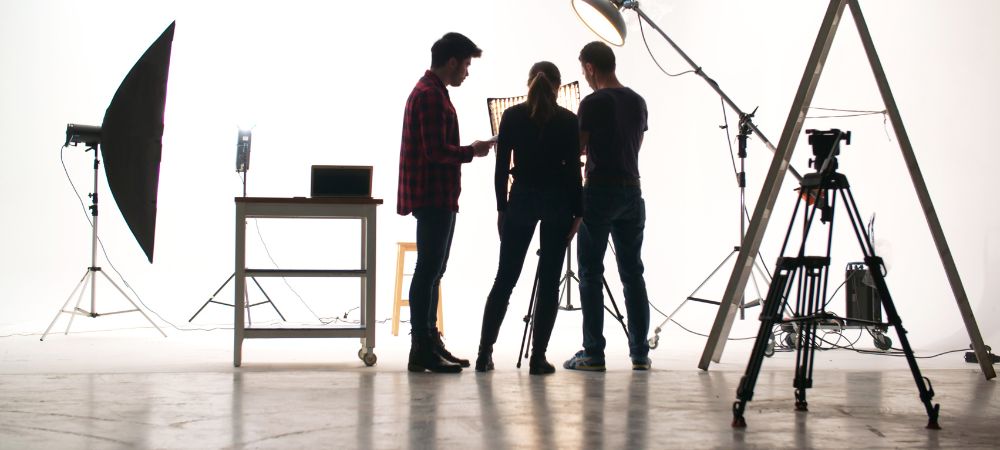
Posted by on 2024-06-28
Creating double exposures on film can seem like a daunting task, but with a step-by-step guide, it ain't as hard as it looks. Double exposures are a fascinating technique where two different images are superimposed in one frame. The result? An artistic and often surreal photograph that tells multiple stories at once.
First off, you'll need a film camera that allows for multiple exposures. Not all cameras do this, so make sure yours has the capability. If you're unsure, check the manual or do a quick search online.
Alright, let's get to it! Start by loading your camera with film – don't rush this part; you wanna make sure it's done right. Next up, choose your first subject carefully. This will form the base of your double exposure. It could be anything from a landscape to an object or even a person.
Now here's where things get tricky – after taking the first shot, you don't advance the film! That's crucial because advancing would mean you'd lose the spot for your second image. Instead, keep the film in place and prepare for your next shot.
For your second image, think about how it'll interact with the first one. Contrast is key here – if your first image was dark and shadowy, go for something light and airy for the second one. This contrast helps both images stand out when they're combined.
When you've got both shots ready in mind (and film), take that second picture over the same frame as before without advancing the film again! Voila! You've just made yourself a double exposure!
But oh wait - there's more to consider: lighting and exposure settings play huge roles too. You might have to experiment quite a bit to find what works best since each combination of images can require different exposure levels.
I can't stress enough - practice makes perfect here folks! Your early attempts might not turn out exactly how you envisioned them but don't let that discourage ya'. Keep practicing and experimenting until you get comfortable with predicting outcomes based on various combinations of subjects and lighting conditions.
And hey – mistakes happen; they're part of learning process! Sometimes those "mistakes" actually end up being happy accidents resulting in uniquely beautiful photos!
So there ya' have it: creating double exposures on film isn't rocket science but does need some patience & creativity thrown into mix! Don't be afraid try new things n' push boundaries 'cause that's where magic happens really!
Remember - every photograph tells its own story... now imagine telling two stories at once through double exposure? Pretty neat huh?! So grab yer camera n' start shooting already!!
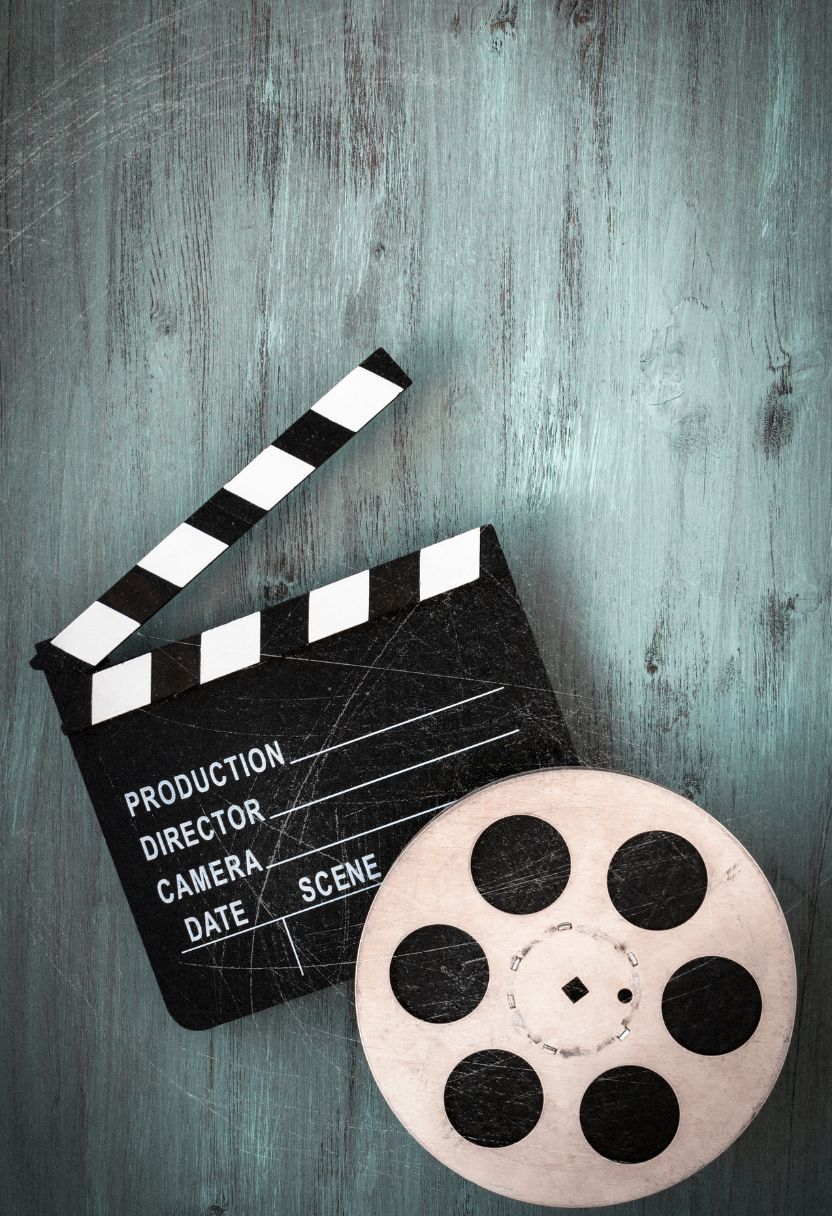
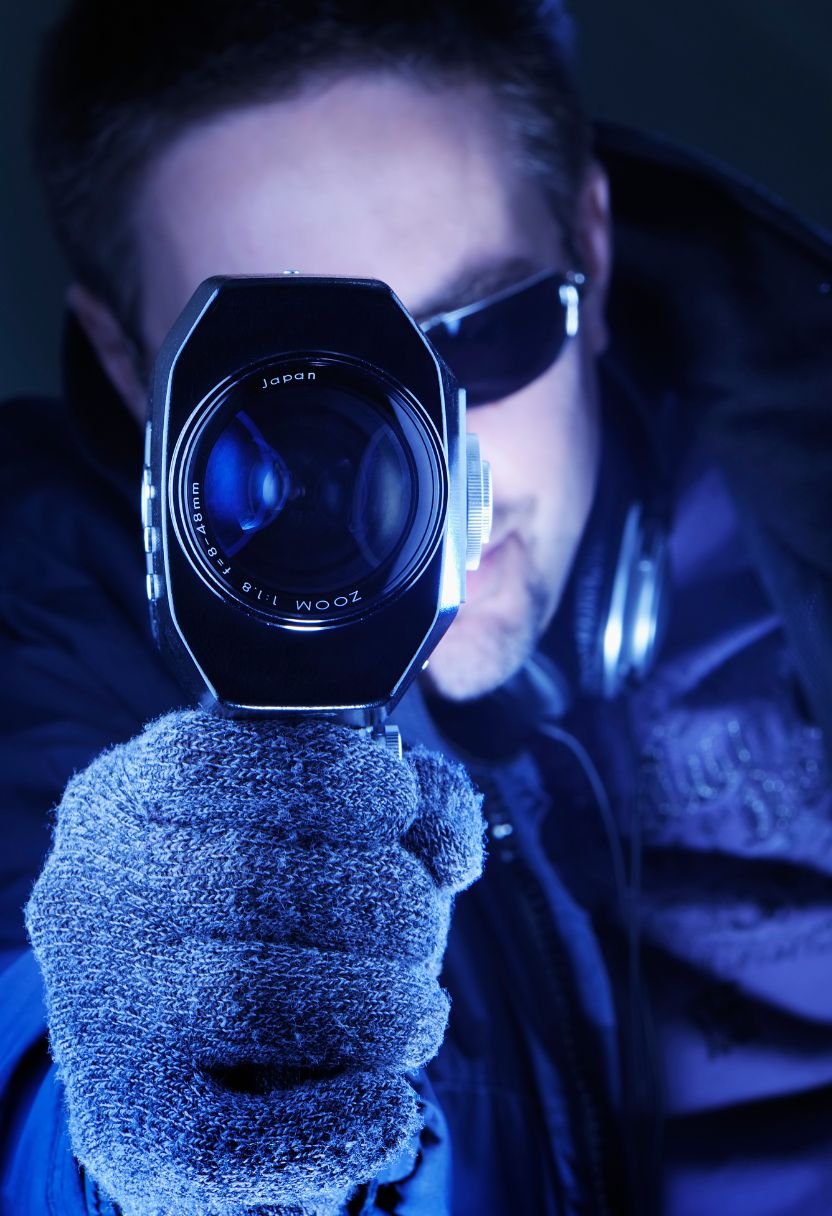
Double exposure photography, where two images are combined into a single frame, is an art form that's been around for quite some time. It isn't just about merging two pictures; it's about creating stories and emotions that can't be captured with a single shot. The possibilities are endless, and the results can be absolutely mesmerizing.
One popular technique in double exposure photography is combining portraits with landscapes. Imagine a person's profile filled with the view of a serene forest or a bustling cityscape. This not only adds texture to the portrait but also tells a story about the subject's personality or background. It's not hard to see why this kind of imagery resonates with so many people-it's both personal and expansive at the same time.
Another creative idea is blending human forms with elements of nature. For instance, you could overlay an image of tree branches onto someone's silhouette. The intertwining shapes create an ethereal effect that's almost dreamlike. It ain't easy to pull off perfectly, but when done right, it's stunning and thought-provoking.
Successful examples abound in the world of professional photography. One such example comes from Christoffer Relander, who has turned double exposure into his signature style. His series "We Are Nature" merges human faces with intricate natural scenes like forests and rivers. The result? Photographs that feel deeply connected to both humanity and nature-a visual poetry of sorts.
Then there's Brandon Kidwell, whose work often involves layering multiple exposures to convey complex emotional themes such as love, loss, and self-discovery. One notable piece features a man looking downward while trees grow upward from his head-as if thoughts were physically manifesting into life itself! Isn't it incredible how powerful these images can be?
But let's not forget experimental approaches too! Some photographers use urban environments combined with abstract textures or patterns to create visually striking compositions that challenge conventional perceptions. These aren't your typical postcard shots-they provoke thought and invite viewers to see familiar places in new ways.
If you're thinking about trying out double exposure yourself, don't get discouraged by technicalities! Modern cameras often come equipped with settings specifically for double exposures, making it easier than ever to experiment without needing sophisticated software skills right away.
In conclusion (and oh boy do I hate conclusions), double exposure techniques offer boundless opportunities for creativity and storytelling in photography-whether you're mixing portraits with landscapes or blending human forms with nature elements-or even exploring more abstract ideas-the potential is limitless! So grab your camera (or even just your smartphone) and start experimenting today; you never know what amazing stories you might capture within those frames!
Double exposure photography is a captivating technique that allows photographers to blend two or more images into a single frame. While it can produce surreal and artistic results, it's not without its challenges. Let's dive into some common hurdles photographers face with double exposure techniques and how they might overcome them.
Firstly, one major challenge is achieving the right balance between the two images. It's easy to end up with an overexposed mess or underwhelmingly dull composite if you're not careful. When layering images, contrast and brightness become critical factors. It's essential to pre-visualize how both photos will interact with each other before you even start shooting. Honestly, it's not just about slapping two pictures together; there's got to be harmony in tones and composition.
Another issue is alignment – ensuring both images align perfectly can be quite tricky! If the elements don't line up well, your final image could look chaotic rather than artistic. To tackle this problem, many photographers use tripods and mark specific points on their subjects to maintain consistency between shots. But don't fret too much; sometimes slight misalignments add that extra bit of character!
Then there's the matter of subject choice. Not every picture works well for double exposure. Portraits often mix beautifully with landscapes or textures but trying to overlay two intricate scenes can result in visual clutter. The key here is experimentation - trial and error's gonna be your best friend! Take time to play around with different combinations until something clicks.
Lighting inconsistency also poses a significant challenge in double exposures because varying light sources can create unwanted shadows or highlights that detract from the overall effect. One way around this is by using consistent lighting setups for all your shots in a series or carefully adjusting levels during post-processing.
Speaking of post-processing, it's another area where things could go south quickly if not handled properly! Over-editing or heavy-handed adjustments may ruin the natural feel of your photos – there's no quicker way to kill an artistic vision than by making it look overly artificial (yikes!). Subtlety's key here: gentle tweaks often yield far better results than dramatic changes.
Lastly, patience can't be overstated enough when working with double exposure techniques; rushing through won't do any good at all! Each step requires thoughtful consideration-from choosing subjects and settings right down to editing nuances-so take your time and enjoy the creative process.
In summary: balancing contrasts & brightnesses, aligning elements perfectly (or almost), selecting compatible subjects wisely while maintaining consistent lighting throughout shoots plus handling post-processing delicately-all these combined help overcome common challenges faced during double exposure projects successfully.
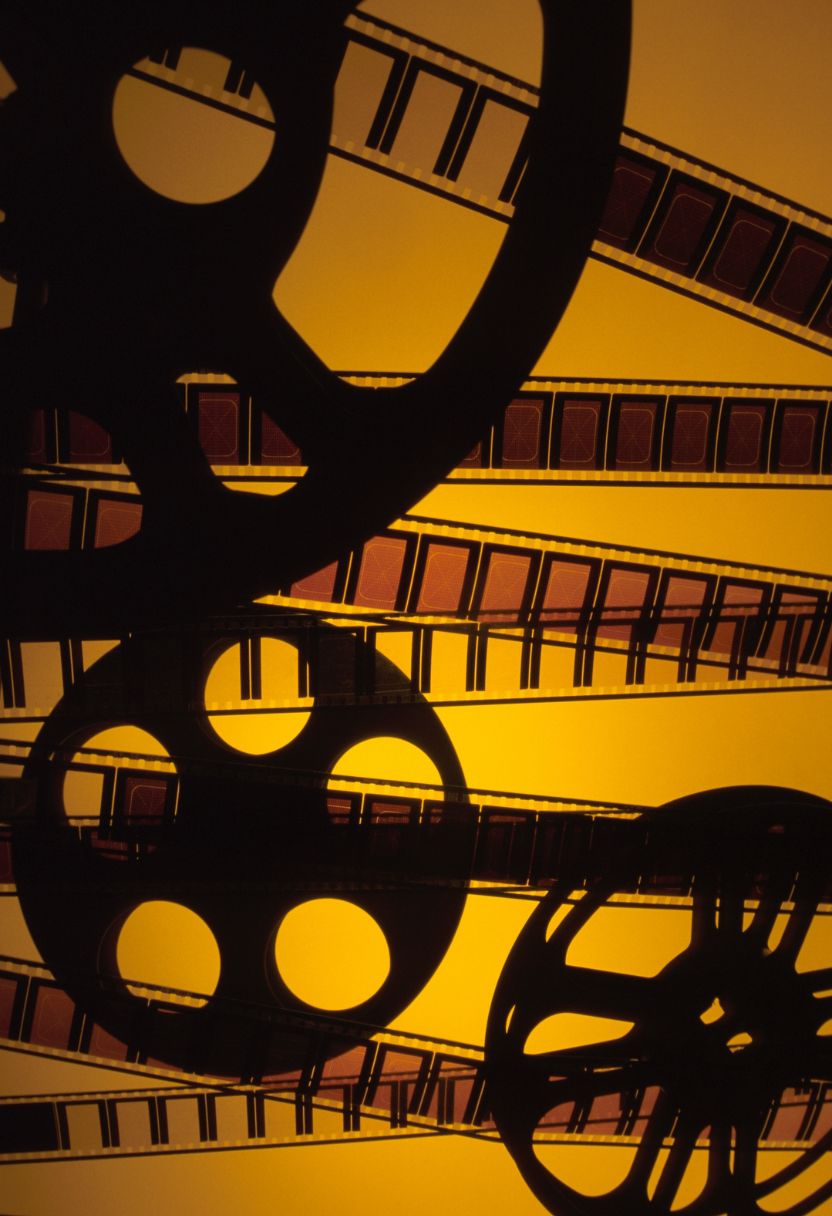
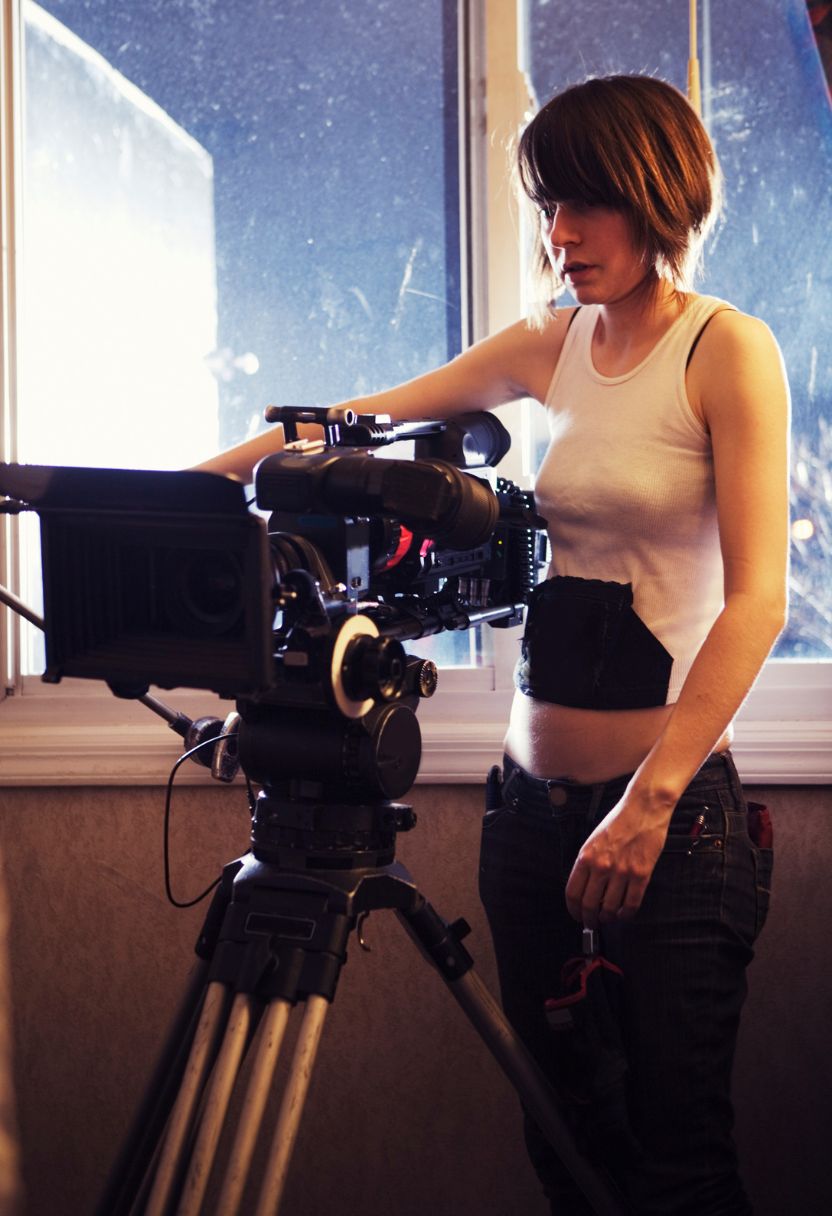
Exploring double exposure photography can be both thrilling and just a tad daunting. But hey, isn't that the beauty of experimentation? You don't have to follow rigid rules-heck, sometimes it's best if you break 'em! So here are some tips for diving into this fascinating technique and developing your own unique style along the way.
First things first, don't think you need fancy equipment. Sure, having a high-end camera might help, but it's not a must. Many smartphones today come with features that allow double exposure shots. If yours doesn't, there are plenty of apps available that'll do the trick. So no excuses!
Now let's talk about planning-or rather, not planning too much. While it helps to have an idea in mind, overthinking can stifle creativity. Instead of meticulously plotting out every detail, leave room for spontaneity. Sometimes the most striking images come from happy accidents.
It's also crucial to experiment with different subjects and settings. Don't limit yourself to landscapes or portraits alone; try combining elements from both worlds. A cityscape superimposed with nature can create a surreal juxtaposition that's really eye-catching.
Lighting plays a huge role in double exposures too. The contrast between light and dark areas will define how well your images blend together. It's worth taking some time to play around with different lighting conditions-soft morning light versus harsh midday sun-to see what works best for you.
Oh boy, let's not forget about post-processing! While it's tempting to avoid editing altogether in favor of "raw" authenticity, a little touch-up can go a long way in enhancing your final image. Software like Photoshop or even simpler apps like Snapseed offer tools specifically tailored for refining double exposures.
Another tip: share your work and get feedback-but remember to take critiques with a grain of salt! Everyone's got an opinion, but at the end of the day, it's YOUR vision that matters most.
So there you have it-a few tips to get you started on your journey into double exposure photography. Don't stress too much about getting it perfect right away; after all, perfection is overrated! Embrace the process and enjoy every creative twist and turn along the way.
Happy shooting!